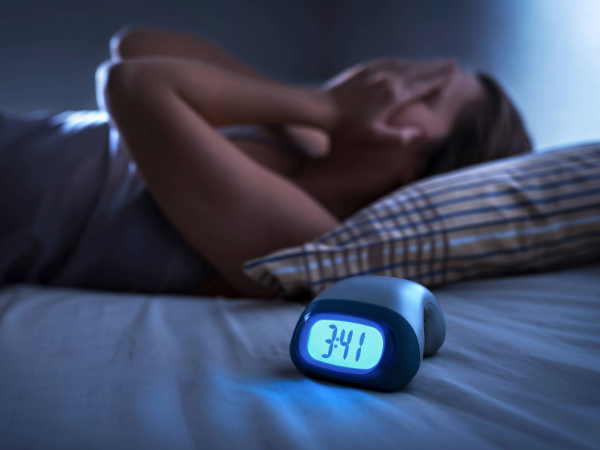 Do you wake up feeling tired, struggle to focus during the day, or hear from others that your snoring shakes the walls? It could be more than just a noisy inconvenience. For many people, poor nighttime breathing stems from physical issues in the nose or throat that get worse while we sleep. And for others, it may signal a more serious condition like obstructive sleep apnea (OSA).
Do you wake up feeling tired, struggle to focus during the day, or hear from others that your snoring shakes the walls? It could be more than just a noisy inconvenience. For many people, poor nighttime breathing stems from physical issues in the nose or throat that get worse while we sleep. And for others, it may signal a more serious condition like obstructive sleep apnea (OSA).
“When we are asleep, our airways can collapse, leading to changes in airflow,” explained Kirk Withrow, M.D., associate professor and director of Salivary and Sleep Surgery in the UAB Department of Otolaryngology. “This leads to drops in oxygen levels, brief awakenings in the brain, and repeated disruptions as the body works to restore normal breathing. These episodes can occur many times each hour, leading to poor sleep quality.”
Withrow provides insight to help us understand what’s behind restless nights and how UAB ENT specialists can help you get better sleep.
Could nasal blockages or allergies be affecting your sleep?
If you're breathing through your mouth at night or waking up feeling unrested, your nose might be to blame.
“Nasal obstruction, which can be due to a deviated septum or enlarged turbinates, among other things, can also affect sleep quality,” Withrow stated. “While it isn’t directly related to the airway collapse seen in conditions like OSA, correcting nasal obstruction can improve sleep quality and reduce daytime sleepiness.”
Allergies can also contribute to turbinate enlargement and nasal obstruction, which in turn may negatively impact sleep.
“Medications such as nasal saline and steroid sprays are commonly used as first-line treatments, with procedures to reduce turbinate size considered for cases that don’t respond to medical therapy,” he added.
When is snoring a red flag?
Snoring may seem harmless or just annoying but in some cases, it’s a signal that something more serious is going on. Primary snoring is a condition in which the only symptom is snoring. Snoring can, however, be a sign of a more significant issue, such as OSA.
“If other symptoms such as excessive daytime sleepiness, witnessed apneic episodes where a bed partner reports the snorer pauses breathing, or morning headaches are present alongside snoring, a sleep study might be indicated to determine if OSA is present,” Withrow said.
The primary test to determine the presence and severity of OSA is an overnight sleep study, or polysomnogram. This can be performed in a sleep lab or as a home study, depending on which is deemed appropriate by the sleep medicine provider.
Nonsurgical ways to improve breathing
If you’re looking for relief without devices or procedures, simple lifestyle changes may help. Snoring and sleep disordered breathing are typically worse when patients sleep on their backs.
“Sleeping on your side or stomach might lessen the severity of snoring,” Withrow said. “Given that increased body weight is associated with worsened snoring and sleep disordered breathing, weight loss can be an effective means for improving snoring in some patients.”
When the first treatment doesn’t fix the problem
For many patients diagnosed with OSA, continuous positive airway pressure (CPAP) remains the standard first-line treatment. However, nearly half of patients have difficulty tolerating this form of therapy.
“When CPAP isn’t a good fit, other options such as oral appliance therapy or surgery become important alternatives,” Withrow explained. “Surgical options include nerve stimulation to prevent muscle collapse, soft tissue surgery to remove tissue such as tonsils in the throat or on the tongue, and jaw surgery to correct skeletal abnormalities.”
If OSA is suspected, the first step is to see a sleep medicine specialist who can order a sleep study.
“If CPAP is prescribed but not tolerated, ENT specialists at UAB then evaluate patients to determine the best non-CPAP treatment,” Withrow added. “One tool we use is drug-induced sleep endoscopy, which examines the airway under sedation to pinpoint the exact site of collapse and tailor treatment accordingly.”
At UAB, patients benefit from a coordinated, multidisciplinary approach that blends cutting-edge diagnostics with expert care. This ensures that each patient receives personalized treatment to breathe easier and sleep better.